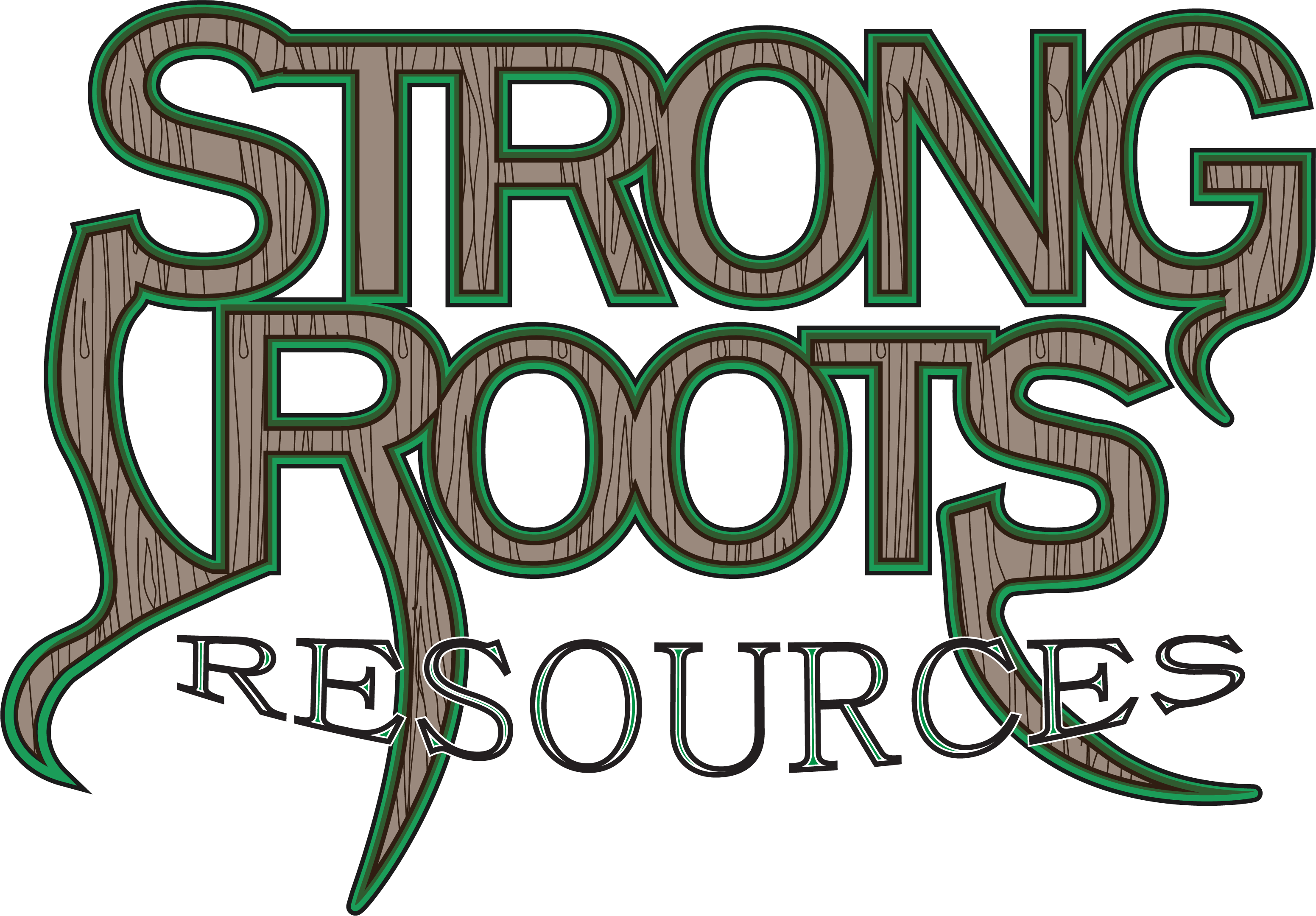
Straw bale gardening seems to be enjoying its moment in the sun. I had a chance to acquire 11 bales for a fair price so in Spring 2020, I put them to work in the auxiliary garden area.

For the gardener who is limited on space, especially if they don’t have time to build raised beds or amend their existing soil, bales could act as a gap filling measure.
Position the bales where there’s adequate sun and good drainage. Place them on the narrow side where the straw is curved around. You should be able to see the cut ends facing upwards.
The general idea is that the gardener introduces a fertilizer into the bales (I used blood meal supplemented with old chicken bedding) which begins the decomposition process. As the bales begin to break down, introduce your started plants or if the timing is appropriate, start from seed.
In my case, I found that the bales supported tomatoes, beans and squash quite well. It took some time for the inner portion of the bales to break down, but once they did, the plants really took off. The bales hold moisture very well and once the plants were established, they never needed watering, even going two to three weeks between decent rain.
I experimented with greens, cilantro and borage in a bale and none of that really thrived. It looks like deeply rooted flowering plants are ideal for bale planting. I didn’t have a chance to try it, but I’d be interested to know how root crops would fare, especially as the center of the bale turns into a soft mass with ample nutrition. Carrots, beets or radish are worth a shot.
Once the growing season is concluded, the bales can be disassembled and spread throughout the garden as mulch.
Depending on cost and availability, bales can offer the gardener a somewhat more versatile growing method than container gardening. Though I haven’t yet tried it, some folks have reported having a second season with finished bales as a medium for growing potatoes. If you have lots of paved space that receives good sunlight, bales are a good option of they’ll retain moisture when containers may quickly dry out.
If you have a means of acquiring free or cheap bales, give it a go. This time of year (It’s mid November) you can often find bales moved to the curb as people take down their seasonal decorations. Be sure that they’re straw (which is a waste product of a wheat harvest) and not hay. Hay bales will sprout and could also contain pesticides.
Should I be able to experiment with bales again, I’ll report back with those details. Happy Gardening!
